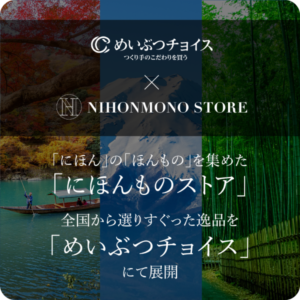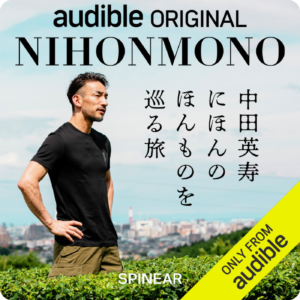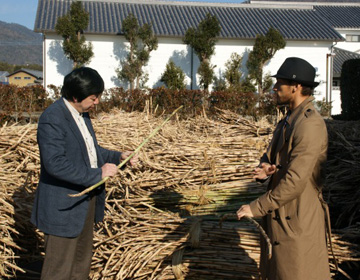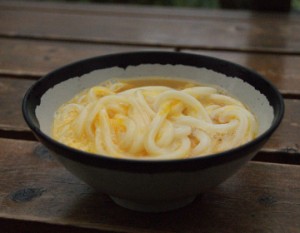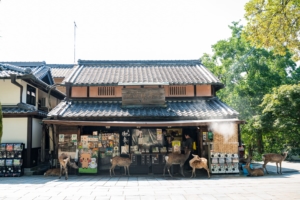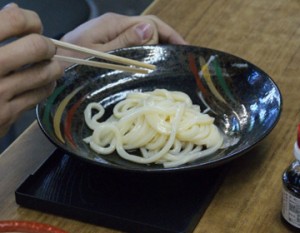Precious sugarcane called “bamboo sugar
With its elegant sweetness and gentle melting in the mouth, wasanbon is often used not only in Japanese confectionaries but also in Western confectionaries in recent years. Unlike ordinary sugar, wasanbon has a soft flavor of its own.
This wasanbon is made from a native variety of sugarcane called “bamboo sugar. Unlike ordinary sugarcane, which is thick and tall, bamboo sugar, as its name suggests, looks like thin, frail bamboo. It is said that the sugar cane is exceptionally tasty even when chewed raw and tasted with its juice. Currently, this “bamboo sugar” is grown only in Tokushima and parts of Kagawa. Therefore, wasanbon is a very rare sugar produced only in those areas.

Handcrafting Wasanbon
The process of making wasanbon is quite interesting because it reminds us of how hard people in the past tried to obtain white sugar. At Okada Sugar Refinery, where wasanbon is still made by hand today, one can catch a glimpse of the painstaking efforts of our forefathers.
For example, the “oshibune” process utilizes the sake brewery’s kasubiru (sake lees) squeezing method of the time, and the “mizuken-gi” process is a uniquely Japanese method that is unprecedented in the world. Oshibune” is the process of squeezing molasses by placing a stone weight on top of the sugar that has been boiled and stirred. The “mizuken” is the process of kneading the squeezed molasses by pouring water over it. Since molasses does not turn white when just squeezed, more water is added, the mixture is kneaded and squeezed again, and this process is repeated several times to produce white sugar. In the old days, this process was repeated three times, hence the name “Sanbon Sugar.

A taste that is not only sweet but also savory
It takes one day to grind the sugar once, and the amount of water and grinding time must be changed according to the temperature, humidity, and nature of the sugar. It also takes skill to knead the sugar uniformly and skillfully. It is a difficult world in which the artisan’s sense of touch is all-important. Today, only a limited number of sugar refineries still follow this ancient method. Ordinary sugar is reduced to only sucrose after refining, but wasanbon retains much of its original sugarcane content. Although this is an imperfect sugar refining technique, it is what gives wasanbon its rich flavor.
The wasanbon produced in this way is so flavorful and melt-in-your-mouth that it can be made into dried confections that are solidified from the wasanbon itself. This is truly a product of the wisdom of the Japanese people.


